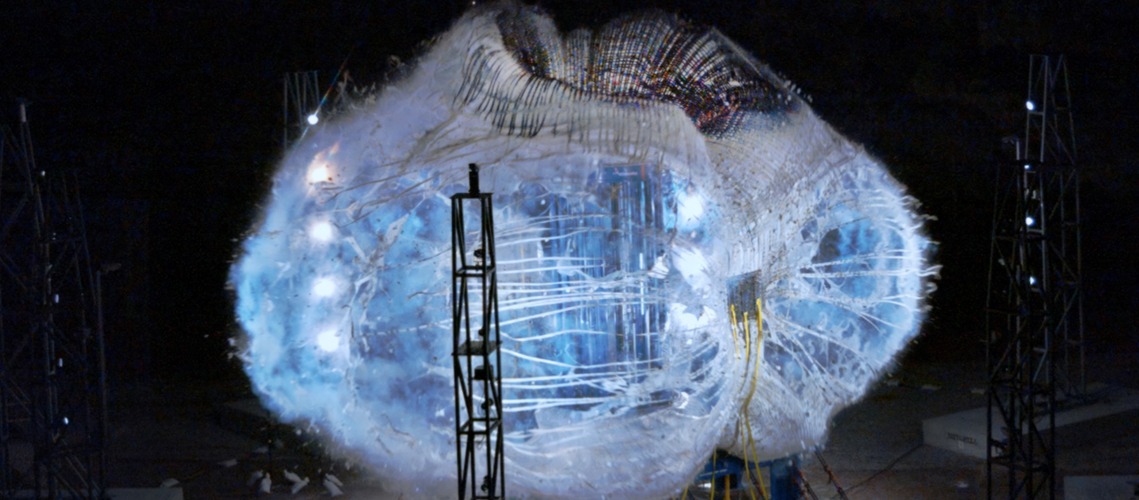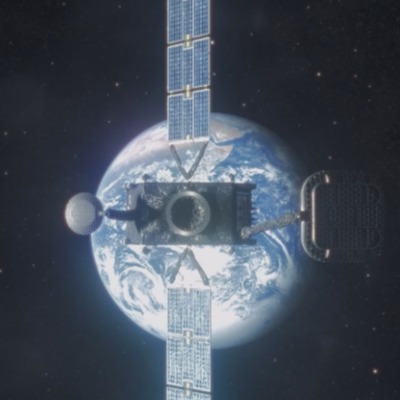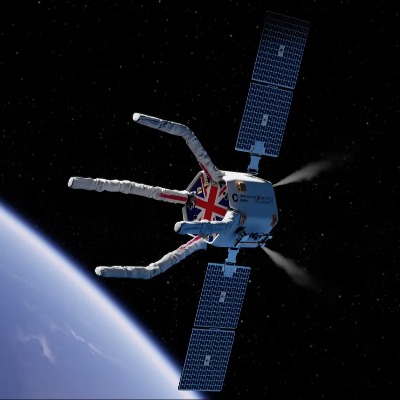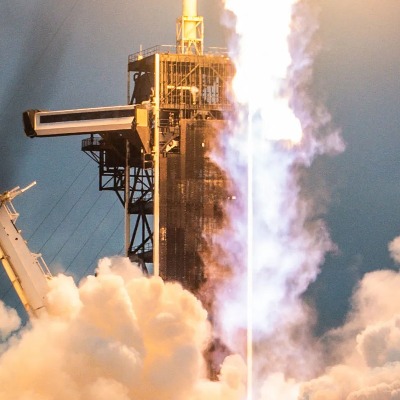Sierra Space's Inflatable Habitat Goes Out With A Bang (And That Was The Plan)

The future of space living just got a lot more explosive (well, intentionally explosive). In a controlled test at NASA's Marshall Space Flight Center in Alabama, Sierra Space's Large Integrated Flexible Environment (LIFE) habitat prototype met its fiery demise, exceeding expectations and paving the way for a new era of modular, inflatable space stations.
LIFE is not your typical tin can floating in orbit. Imagine a giant, high-tech balloon, designed to expand and contract like a lung in the harsh vacuum of space. This innovative approach promises lighter, more cost-effective, and adaptable habitats for astronauts exploring the Moon, Mars, and beyond.
But before it can take its place amongst the celestial disco balls, LIFE needed to prove its mettle. The ultimate test? Inflation until it bursts, quite literally. Engineers pumped air into the module, watching the pressure gauge climb steadily. At 77 psi, well beyond NASA's recommended safety limit of 60.8 psi, the inevitable happened. With a dramatic bang and a satisfying hiss, LIFE gracefully ripped apart, showering the Alabama sky with a confetti of futuristic space fabric.
"This is a successful failure," declared Tom Vice, President of Sierra Space. "We designed LIFE to be incredibly strong and resilient, and it exceeded our expectations. This data is invaluable as we refine the design for future missions."
The test wasn't just about braggadocio and confetti explosions. LIFE's burst point tells engineers exactly how much pressure the habitat can withstand in real-world space conditions. This data is crucial for ensuring the safety and comfort of future space residents, who will rely on LIFE for shelter, research, and maybe even a zero-gravity game of space pong.
Sierra Space isn't alone in its inflatable ambitions. NASA's own Bigelow Expandable Activity Module (BEAM) successfully spent two years attached to the International Space Station, proving the viability of this technology. With private companies like Blue Origin and SpaceX also exploring inflatable options, the future of space habitats is looking decidedly balloon-shaped.
So, while LIFE met its fiery end in Alabama, it ignited a new chapter in space exploration. This controlled explosion marks a giant leap for inflatable habitats, proving their potential to become the building blocks of a future lunar base, a Martian outpost, or even a celestial pit stop on the way to the stars. The future of space living may be inflatable, but it's definitely not fragile. After all, who needs walls when you have lungs of steel (or, in this case, high-tech fabric)?




